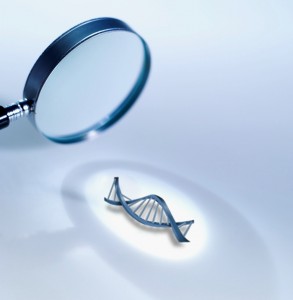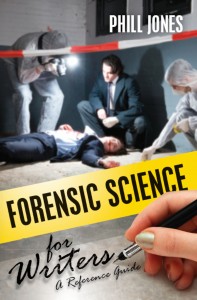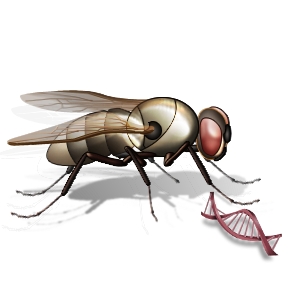In the Law & Order: LA episode, “Ballona Creek,” Detective Tomas Jaruszalski picks up a suspect’s discarded cigarette butt for DNA analysis. This type of surreptitious DNA collection is so common in fiction, that the practice doesn’t even merit a raised eyebrow. In real life, surreptitious DNA collection sparks protests from members of the public. At the same time, law enforcement agencies argue that the practice is justified, because an individual has no privacy interest in an abandoned DNA sample.
Instead of retrieving an abandoned item for DNA, law enforcement officials sometimes trick a suspect into giving up a DNA sample. In a case reported in 2009, police sent a letter about a class action lawsuit to a suspect. Eager to join the case, the suspect signed a form and mailed it in a self-addressed envelope. Investigators extracted DNA from the saliva on the envelope flap and found a match to a semen sample gathered from a 1982 rape-killing.
More recently, ABC News reported a recent success for a case concerning the 1976 killing a 70-year-old woman. During a recent review of the cold case, investigators obtained DNA from the old evidence.
The police had a suspect, now they needed the suspect’s DNA to check against the evidence DNA. So, they used a phony “gum chewing survey” and got their saliva sample from the suspect. The results led to an arrest.




